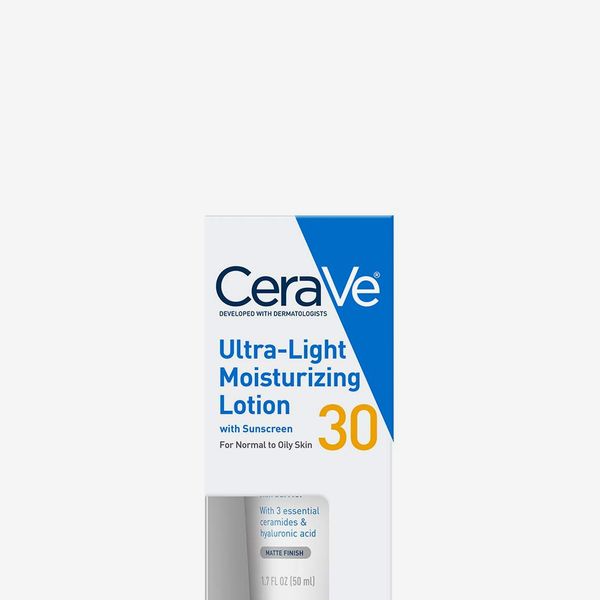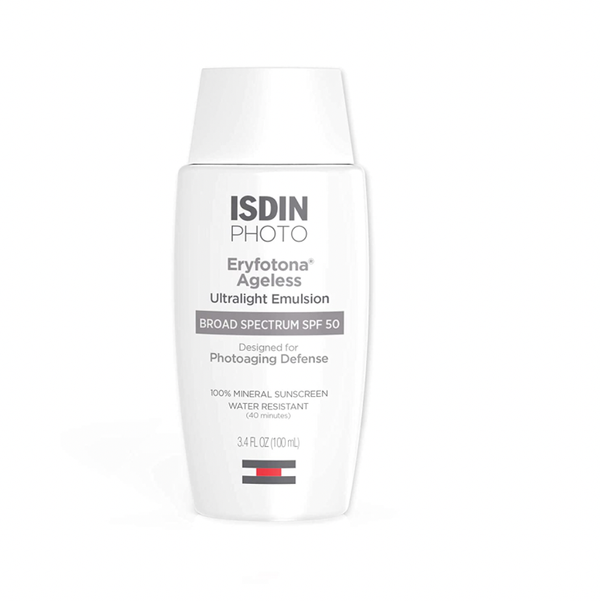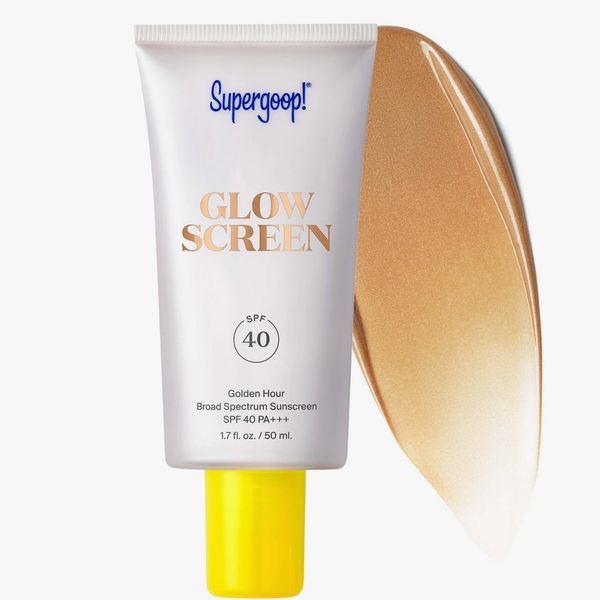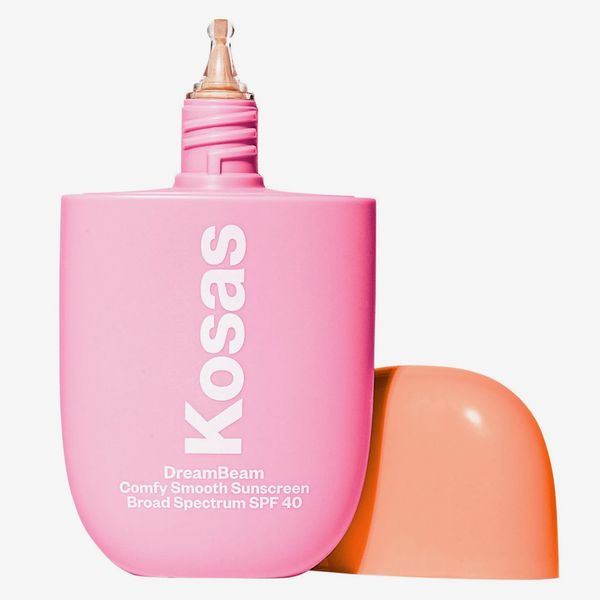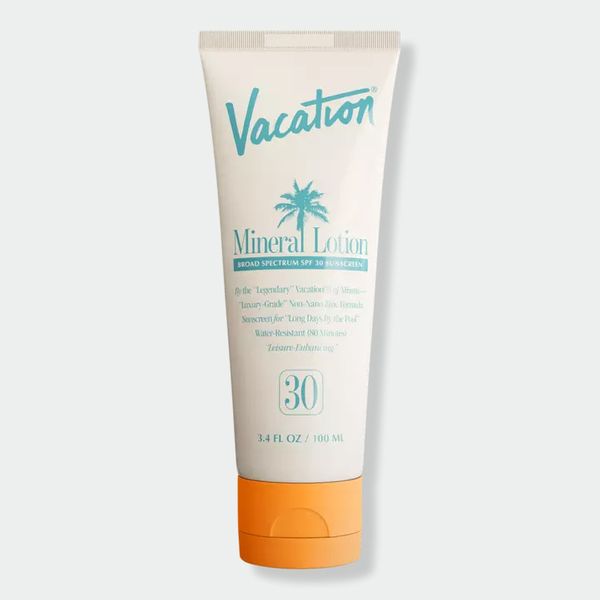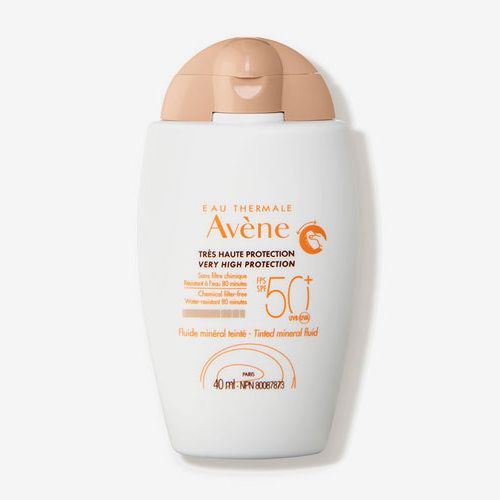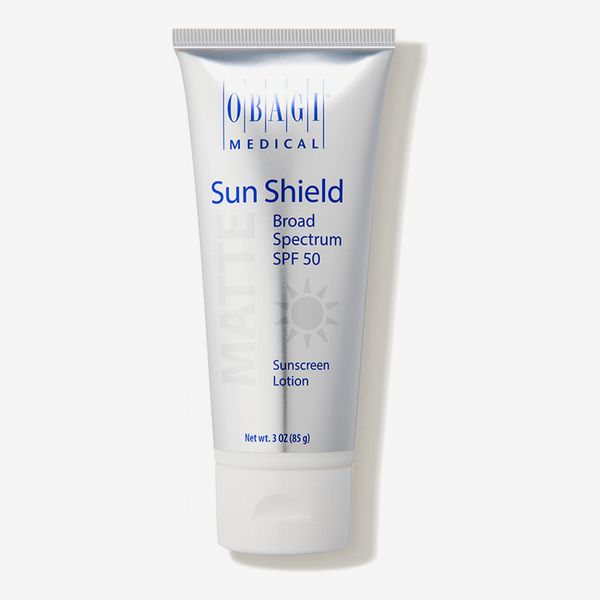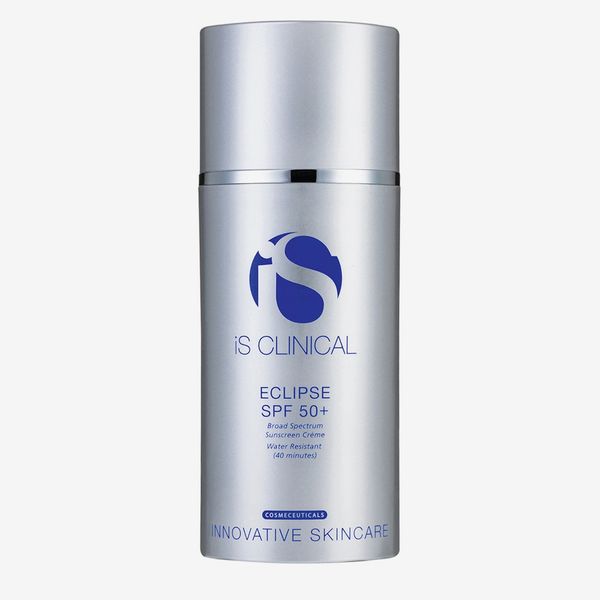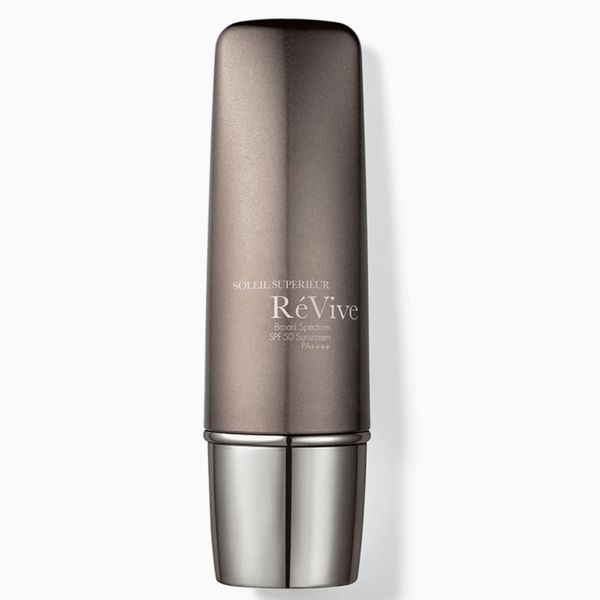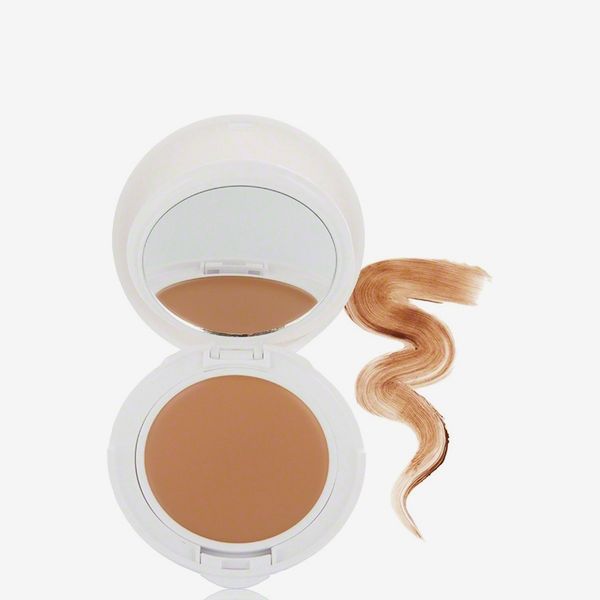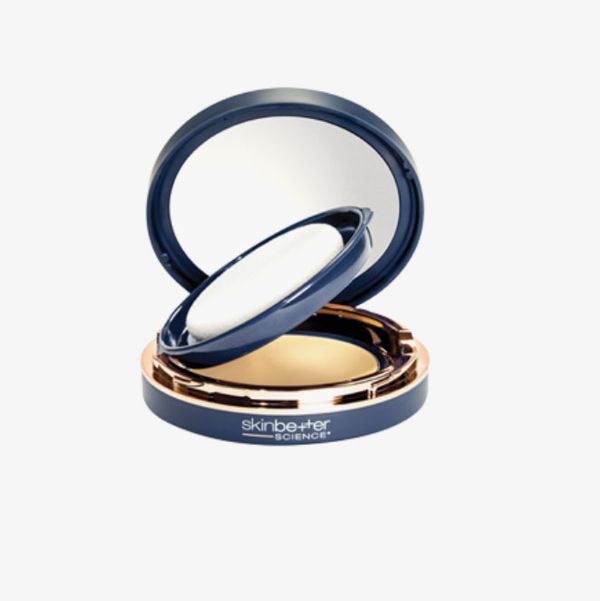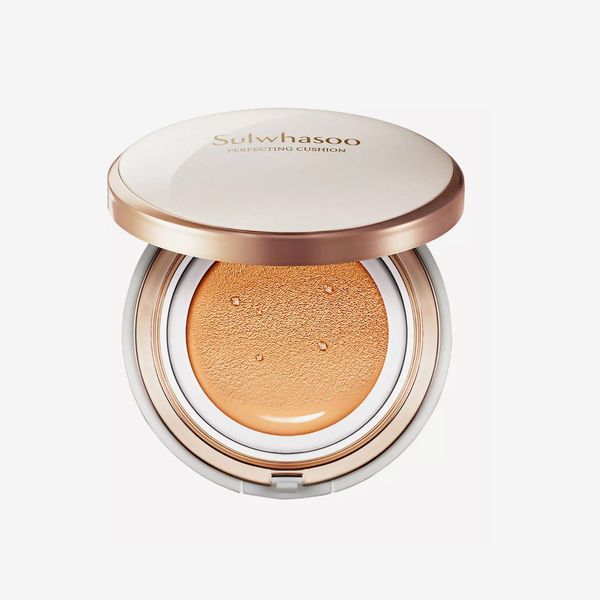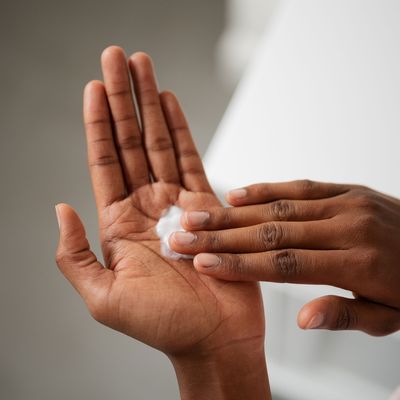
You might think we’re past sunscreen season now. And I’d love to agree with you, because I hate putting on sunscreen, especially on my face. But at 33 years old, I’ve already had three precancerous moles removed, and developed an apparently permanent forehead crease. These things upset me because I had hoped to be hot and live forever.
I’m pretty good about putting sunscreen on every day now, in hopes I’m making up for my 20s, when I never did. But the last time I was Googling around for a new moisturizer with SPF in it, I encountered a series of articles that told me moisturizer and sunscreen should be two separate products, and my dermatological worldview was shaken.
While I’m usually happy to spend money on skin-care products that don’t do much, I’m loath to spend money on moisturizer and sunscreen, two boring-ass essentials in the vein of toothpaste and deodorant. It’s hard to find a good moisturizer with SPF in it (so many are so greasy), but at least I saved a little money that way — money I could spend on lipstick I won’t wear.
In a state of panic, I reached out to some dermatologists — Mary Stevenson, a dermatologic surgeon at NYU Langone, and Ife Rodney, the founding director of Eternal Dermatology — for confirmation. I really was ready to accept what they told me, even if it meant having to buy two bottles of white goop instead of just one, but then a small miracle happened: Both of them told me that moisturizer with SPF in it is just fine. (!!) Naturally, there are caveats.
Your Moisturizer Must Have SPF 30 or Above
According to both Stevenson and Rodney, the main factors to consider when choosing a sunscreen (or a moisturizer with sunscreen) are the SPF and the formulation. I know from my own extensive shopping search that lots of moisturizers with SPF in them are SPF 15, or even SPF 10, and Stevenson says that’s just not enough. “As a dermatologist I always recommend an SPF of at least 30 or above, and you’ll want it to be broad spectrum,” she says. (Broad spectrum means it blocks both UVA and UVB rays.)
Mineral Sunscreens Are a Great Option
The best-case scenario, says Rodney, is a broad-spectrum mineral sunscreen. “I prefer mineral sunscreens, just because I see a lot of individuals with sun sensitivity, whether it’s from their medications or just from having really active outdoors lives,” she says. This can get particularly tricky for Black and brown patients, Rodney adds, because mineral sunscreen tends to leave a whitish cast. For those patients, Rodney has two favorite product recommendations: Cerave Ultra-Light Moisturizing Lotion SPF 30, which doesn’t leave a white tinge, and ISDIN Eryfotona Ageless Ultralight Tinted Emulsion SPF 50. “The [ISDIN] really helps with skin rejuvenation, and it’s also broad spectrum and mineral, and melts into my skin with a nice matte finish,” says Rodney.
The Amount You Apply Matters
Stevenson does use separate moisturizer and sunscreen products herself, but she says that works for her because she tends toward very dry skin. Still, she doesn’t object to moisturizers with SPF wholesale; the main problem she has is with their marketing, which typically shows users applying a single pump of the product. “My biggest issue with SPF moisturizers is that you’re not putting enough on,” she says. “You want to put it on your face, jaw, neck, hands, anything that’s exposed.”
Rodney echoes this concern. Part of the reason she and other dermatologists might recommend starting at SPF 50 is because they know we’re not putting enough on, or putting it on enough times throughout the day. “Our recommendations have gone up to SPF 50 just to compensate for the fact that some people might not put on as much, or wipe it off accidentally, or might not reapply as frequently as they should,” she says. The frequency with which we should reapply depends on how exposed to the sun we’ll be on a given day, but Rodney says she frequently reminds her patients that even a two-minute walk from the car to the office counts as exposure.
Try SPF Compact Powders for Reapplication
My personal objection to reapplication (except on beach days, of course) is totally based in vanity: I hate reapplying a cream over my makeup, and messing it all up. There aren’t a ton of great solutions here, but there are some high-SPF compact powders available, and these can be a good option for people who are spending most of the day indoors but still want to be protected (because the sun rays do still get to you through the window).
Though it is every dermatologist’s wish that we all apply the best of sunscreens throughout every day without fail, most are also cognizant of the fallibility of humankind. That’s also why Stevenson says she’s okay with patients who use moisturizer with SPF instead of two separate products. “I do prefer my patients use a sunscreen in addition to a moisturizer, but the best sunscreen is one you’re going to put on,” she says.
Our experts:
- Mary Stevenson, dermatologic surgeon at NYU Langone
- Ife Rodney, founding director of Eternal Dermatology


